-

HEMC LH 6100M
EipponCell® HEMC LH 6100M Cellulose ether finds its multifaceted utility as a potent thickening agent, emulsification catalyst, film-forming wizard, adhesive marvel, dispersant virtuoso, and guardian colloid extraordinaire. Its diverse application spans across the vast canvas of construction materials, coatings, paper production, printing, synthetic resin manipulation, ceramics crafting, textile weaving, agricultural innovation, pharmaceutical advancement, culinary arts, cosmetic finesse, and more. However, the quintessential aspects impacting the efficacy of hydroxyethyl methylcellulose’s application lie within its viscosity, water retention capabilities, and the window of opportunity it affords for unfurling its magic.
Where to buy Cas HEMC LH 6100M
-
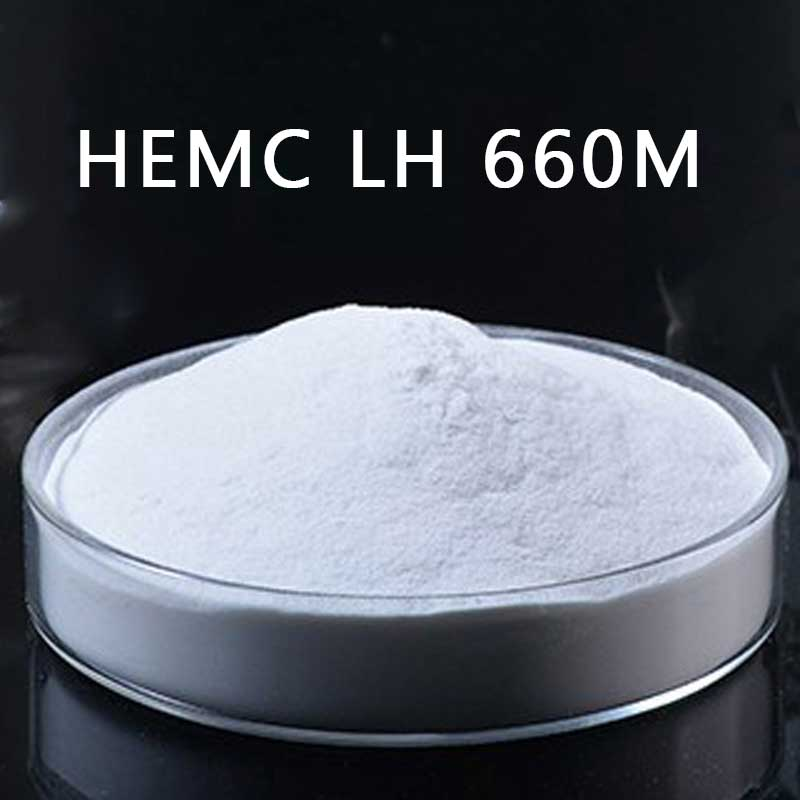
HEMC LH 660M
EipponCell® HEMC LH660M hydroxyethyl methyl cellulose is a versatile compound extensively utilized across various industries, including food, pharmaceuticals, daily chemical manufacturing, coatings, polymerization, and construction. Its applications encompass dispersion suspension, thickening, emulsification, stabilization, and adhesive functions.
In recent years, due to an identified gap within the domestic market, there has been a notable surge in enterprises investing in hydroxyethyl methylcellulose production projects. These projects fall under the category of chemical ventures, characterized by intricate processes, substantial water consumption, a multitude of potential pollution factors, and a lack of comprehensive experience in pollution prevention and control.
-
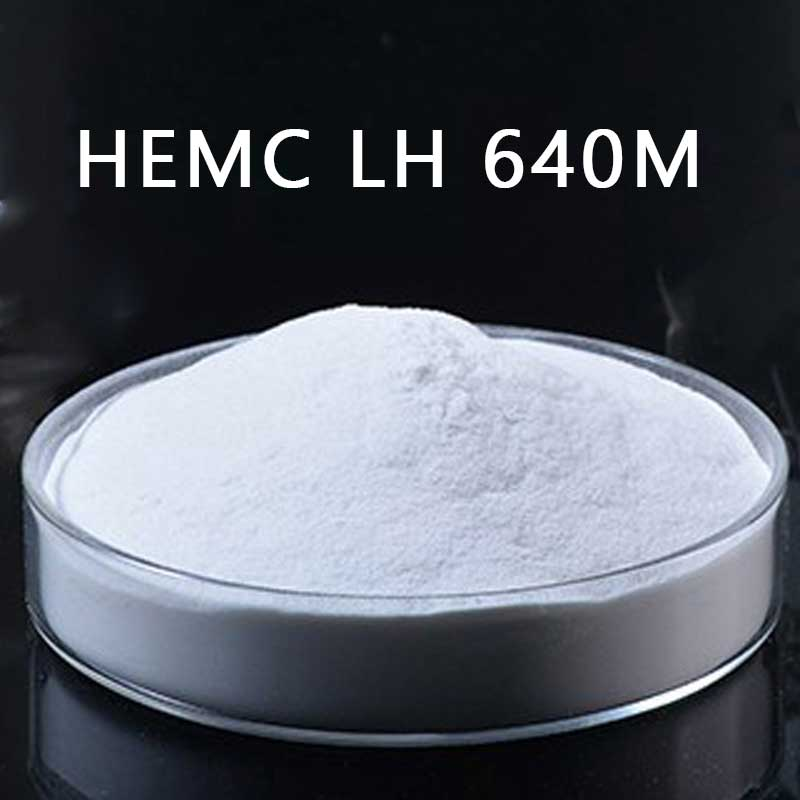
HEMC LH 640M
EipponCell® HEMC LH640M hydroxyethyl methyl cellulose exerts a specific impact on the setting time of cement mortar, which is assessed using a consistency meter. The incorporation of hydroxyethyl methyl cellulose leads to alterations in the setting time of cement mortar. The initial setting time is shortened by 30 minutes, while the final setting time is extended by 5 minutes. This indicates that cellulose contributes to enhanced water retention, and even at a lower dosage of 0.5%, it influences coagulation time. This influence remains consistent despite variations in cellulose ether concentration. The inclusion of hydroxyethyl methyl cellulose has a marginal effect on the setting time of cement mortar, demonstrating minimal ramifications for practical engineering applications.
Where to buy Cas HEMC LH 640M
-
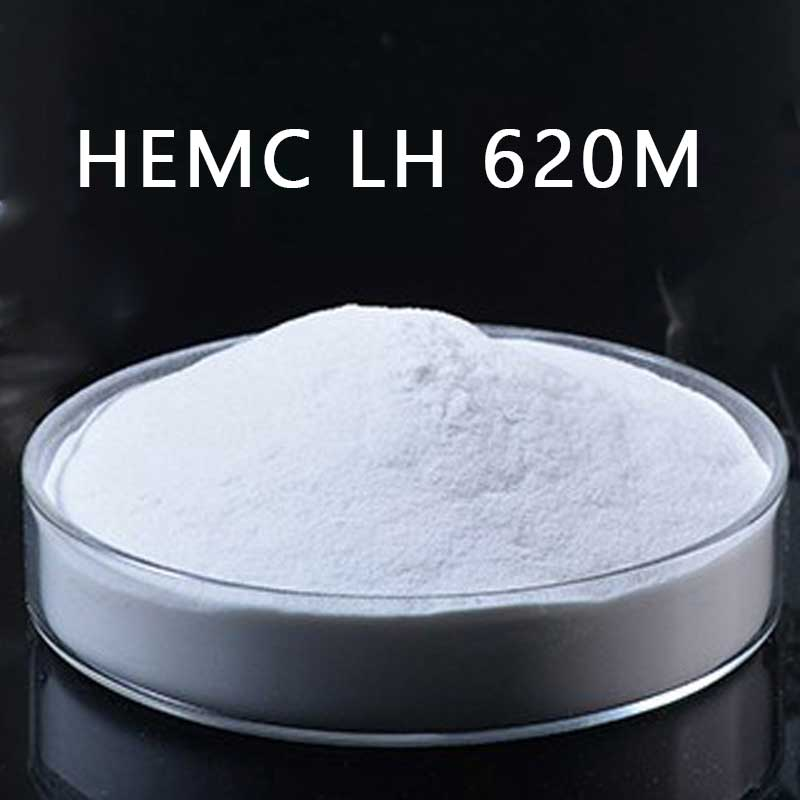
HEMC LH 620M
EipponCell® HEMC LH 620M hydroxyethyl methyl cellulose is an effective additive for mortar formulation, offering unique benefits to enhance its properties. When incorporated into mortar, it leads to the creation of a more porous and pliable mixture.
During testing, when the mortar test block is folded, the presence of pores contributes to a reduction in flexural strength. However, the inclusion of the flexible polymer within the mix counteracts this effect by increasing the mortar’s flexural strength.
Consequently, the combined influence of these factors results in a slight overall decrease in the flexural strength of the mortar.
Under pressure, the composite matrix is weakened due to the limited support provided by the pores and flexible polymers, leading to a reduction in the mortar’s compressive resistance. This is particularly noticeable when a significant portion of the actual water content is retained within the mortar, causing the compressive strength to be notably diminished compared to the initially mixed proportions.
Incorporating HEMC into the mortar formulation significantly enhances the water retention capabilities of the mixture. This improvement ensures that when the mortar comes into contact with air-entrained concrete, water absorption by the highly absorptive concrete is minimized. Consequently, the cement within the mortar can undergo more comprehensive hydration.
Simultaneously, HEMC infiltrates the surface of the air-entrained concrete, creating a new bonding surface with enhanced strength and flexibility. This results in a higher bonding strength with the air-entrained concrete, further enhancing the overall performance of the mortar-concrete interface.
Where to buy Cas HEMC LH 620M
-
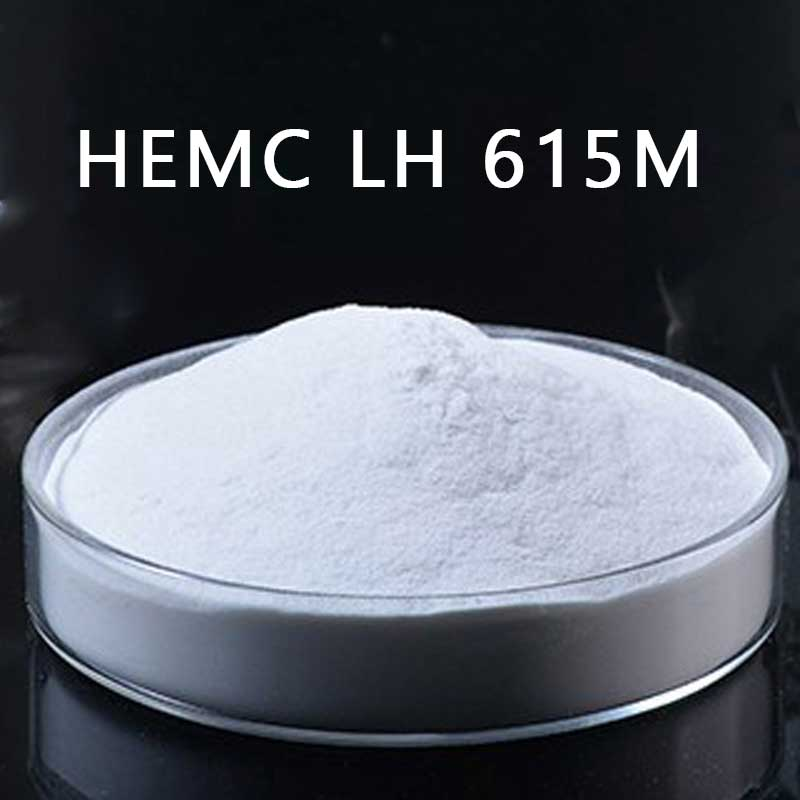
HEMC LH 615M
EipponCell® HEMC LH 615M hydroxyethyl methyl cellulose, as a cellulose ether, plays a crucial role in influencing the cement hydration process and microstructure formation in cement mortar. With the growing popularity of polymer modified cement mortar and the increasing demand for long-lasting structures, the impact of cellulose ether on the durability of cement mortar has become a subject of considerable interest. One significant effect of cellulose ether is the reduction of water content in cement mortar, leading to decreased shrinkage and increased expansion rates in humid environments. This improved moisture resistance helps enhance the overall durability of cement mortar, making it more suitable for various environmental conditions.
Moreover, hydroxyethyl methyl cellulose has a significant effect on the carbonation resistance of cement mortar during its early stages. Higher content of cellulose ether in the mixture delays the carbonation process, resulting in reduced carbonation shrinkage and depth. This effect contributes to the long-term stability and resilience of the cement mortar, particularly in applications where carbonation-induced deterioration can be a concern.
The curing temperature and cellulose ether content also play crucial roles in determining the bonded tensile strength of cement mortar. The presence of cellulose ether can significantly enhance the bond tensile strength, particularly after undergoing freeze-thaw cycles. This improvement ensures better adhesion and stability of the mortar, which is essential for withstanding environmental stress and extending the service life of cement-based structures.
Where to buy Cas HEMC LH 615M
-
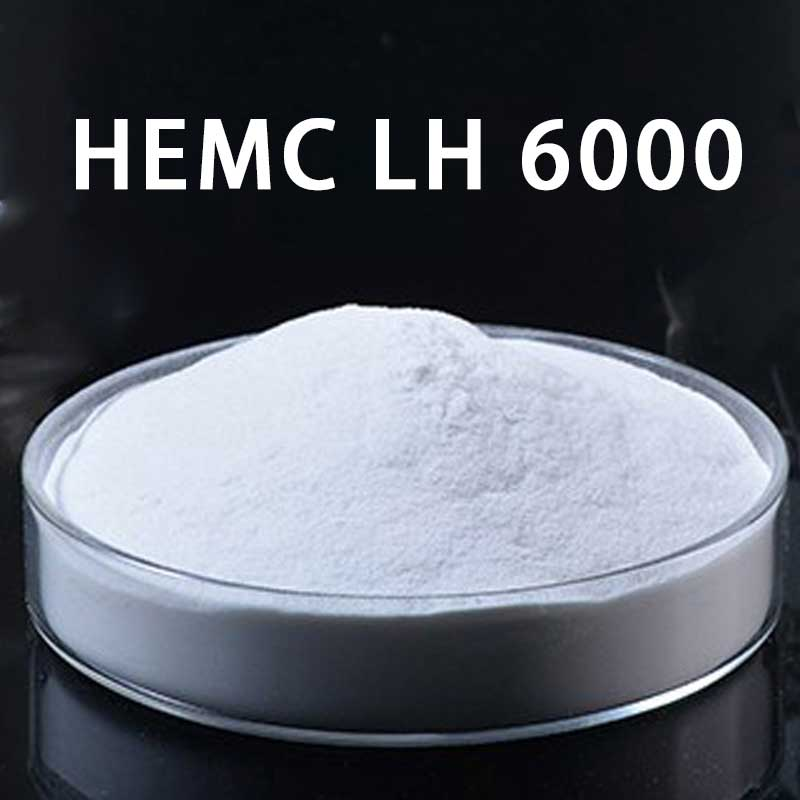
HEMC LH 6000
EipponCell® HEMC LH 6000 hydroxyethyl methyl cellulose is a non-ionic cellulose mixed ether made through a chemical process involving cotton, wood alkalized, ethylene oxide, and methyl chloride ether. Currently, the production process of HEMC can be categorized into two main methods: the liquid phase method and the gas phase method. In the liquid phase method, the equipment used has relatively low internal pressure requirements, making it less risky. The cellulose is soaked in lye, leading to full swelling and alkalization. The osmotic swelling of the liquid benefits cellulose, resulting in HEMC products with a relatively uniform degree of substitution and viscosity. Moreover, the liquid phase method allows for easy product variety substitution. However, the production capacity of the reactor is limited (typically below 15m3), making it necessary to increase the number of reactors for higher production. Additionally, the reaction process requires a considerable amount of organic solvent as a carrier, leading to longer reaction times (generally exceeding 10 hours), increased solvent distillation recovery, and higher time costs. On the other hand, the gas-phase method involves compact equipment and offers high single-batch yields. The reaction takes place in a horizontal autoclave, with a shorter reaction time (usually 5-8 hours) compared to the liquid phase method. This method does not require a complex solvent recovery system. After the reaction is completed, the excess methyl chloride and the by-product dimethyl ether are recycled and reused separately through a recovery system. The gas-phase method boasts lower labor costs and reduced labor intensity, resulting in overall lower production costs compared to the liquid phase method. However, the gas-phase method requires a significant investment in equipment and automatic control, leading to higher technical content and associated costs. Where to buy Cas HEMC LH 6000
-

HEMC LH 400
The use of EipponCell® HEMC LH 400 hydroxyethyl methyl cellulose in cement-based materials and its impact on their physical and mechanical properties. The additive is known for its ability to regulate various properties, such as improving cement mortar workability, water retention, bonding performance, setting time, and flexibility. However, it also comes with a trade-off, as it significantly reduces the compressive strength of cement mortar. This reduction in strength can be attributed to the nature of cement as a cementitious material, where factors like the degree of hydration and the type and quantity of hydration products play crucial roles in determining the overall performance of cement-based materials.
Where to buy Cas HEMC LH 400
-
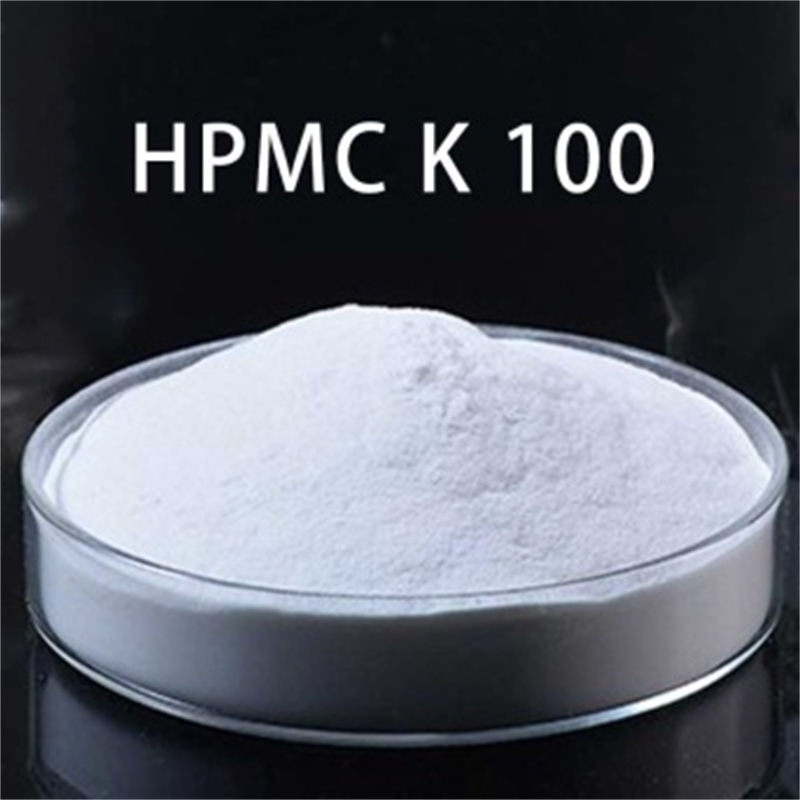
HPMC K100
Eipponcell®HPMC K 100 Hydroxypropyl methyl cellulose is commonly utilized as the primary dispersant in the manufacturing process of polyvinyl chloride (PVC). As the viscosity increases and the hydroxypropyl content decreases, its dispersion capability weakens while the adhesive retention ability strengthens. Consequently, this results in an increase in the average particle size and apparent density of the PVC resin. However, by adjusting the concentration of HPMC, its adhesive retention ability can be improved, leading to a reduction in the average particle size of the resin.
Where to buy Cas HPMC K100
-
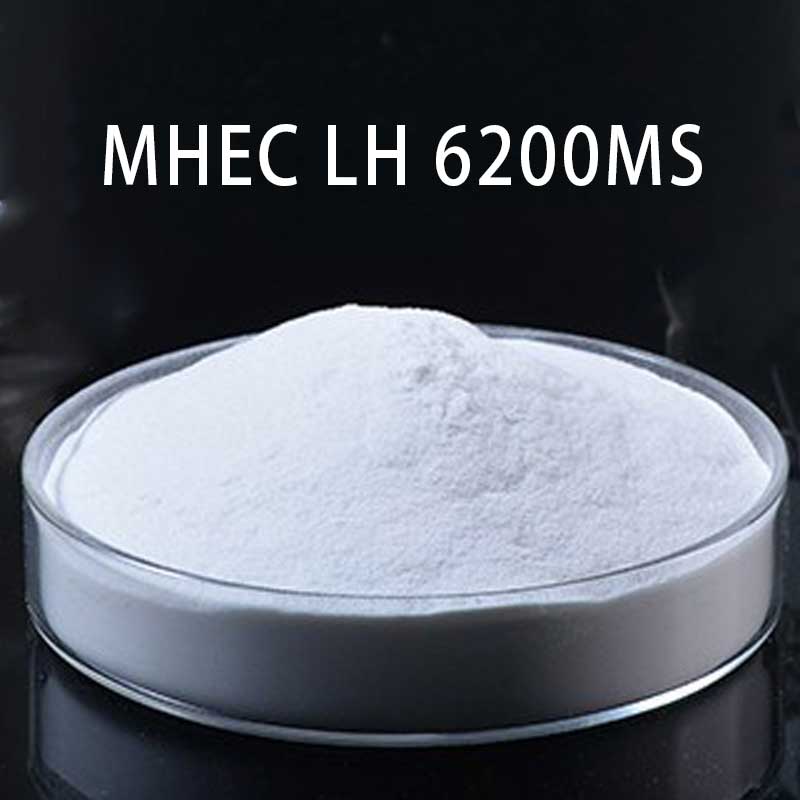
MHEC LH 6200MS
EipponCell® MHEC LH 6200MS methyl hydroxyethyl cellulose is a cellulose-based polymer compound characterized by an ether structure. Within the cellulose macromolecule, each glucosyl ring contains three hydroxyl groups, namely the primary hydroxyl group on the sixth carbon atom and the secondary hydroxyl groups on the second and third carbon atoms.
Through the process of etherification, the hydrogen in the hydroxyl groups is replaced by hydrocarbon groups, resulting in the generation of cellulose ether derivatives. Cellulose ether is a polyhydroxy polymer compound that does not dissolve or melt in its native form. However, after undergoing etherification, cellulose becomes soluble in water, dilute alkali solutions, and organic solvents.
Additionally, it exhibits thermoplasticity, allowing it to be shaped and molded when exposed to heat.
Where to buy Cas MHEC LH 6200MS
-

MHEC LH 6150MS
EipponCell® MHEC LH 6150M is derived from cotton and wood by undergoing a process involving alkalization, ethylene oxide, and methyl chloride etherification.
MHEC is a type of non-ionic cellulose mixed ether, characterized by its molecular structure [C6H7O2(OH)3-m-n(OCH3)m(OCH2CHOHCH3)n]x. The varying proportions of methoxyl and hydroxyethyl groups in MHEC result in different viscosities and levels of product substitution uniformity. This leads to the creation of different varieties and grades of products with distinct performance characteristics.
MHEC exhibits favorable properties such as dispersing, emulsifying, thickening, bonding, water-retention, and gel-retention. It is soluble in water and can also be dissolved in ethanol and acetone below 70% concentration. Additionally, the unique structure of MHEC allows for direct solubility in ethanol.
Where to buy Cas MHEC LH 6150MS
-

MHEC LH 6100MS
MHEC LH 6100MS, which belong to a class of cellulose ethers and their derivatives that lack dissociable groups on their structural units. In comparison to ionic ether products, nonionic cellulose ethers exhibit higher effectiveness in thickening, emulsifying, film forming, acting as protective colloids, and retaining moisture. They demonstrate superior performance in terms of adhesion, anti-allergy properties, and find extensive application across various industries such as oil field exploration, latex coatings, polymer polymerization, building materials, daily chemicals, food, pharmaceuticals, papermaking, textile printing, and dyeing.
Where to buy Cas MHEC LH 6100 MS
-
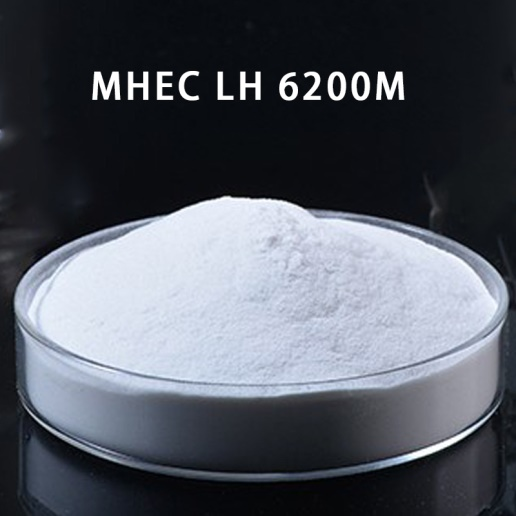
MHEC LH 6200M
KimaCell® MHEC MH200M is a significant cellulose derivative known as methyl hydroxyethyl cellulose, which finds extensive applications in various industries including medicine, hygiene, daily chemical industry, papermaking, food, medicine, construction, and materials. The development and utilization of cellulose ether hold great importance in effectively utilizing renewable biomass resources and advancing the development of new materials and technologies.
Cellulose ether is typically dissolved in water, forming a colloidal solution where its viscosity is determined by the degree of polymerization of the cellulose ether. This solution contains hydrated macromolecules. Due to the entanglement of these macromolecules, the flow behavior of cellulose ether solutions differs from that of Newtonian fluids and instead exhibits shear-dependent behavior. The viscosity of the solution increases rapidly with increasing concentration, owing to the macromolecular structure of cellulose ether. Conversely, it decreases rapidly with increasing temperature.
Where to buy Cas MHEC LH 6200M

